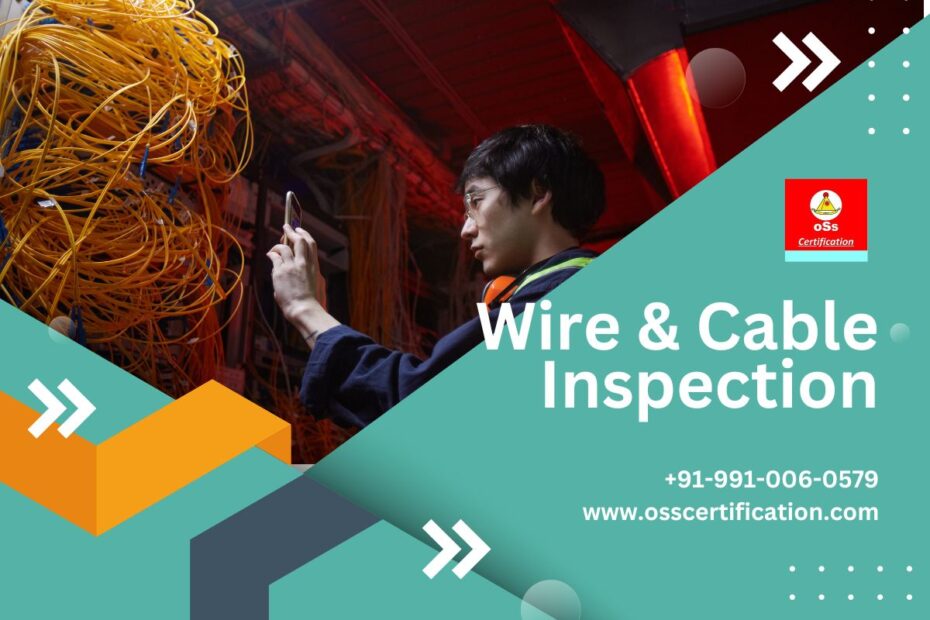Any wire or cable plays a critical role in the functioning of our infrastructure assets and tools. As lives and equipment are dependent on the cables and wires, it will be in your best interest to conduct a thorough inspection on a regular basis. Wire and Cable Inspection should be carried out in order to have a correct estimation of the lifeline of the ropes and cables. This is to ensure that their functioning is carried out to the max with proper safety. The results of the inspection should also be recorded for a particular job.
Why is Wire and Cable Inspection Required?
The majority of the time, an imperfection or a defect in a wire or cable can be seen before it becomes an actual problem. A visual inspection of all the cables or wires will be good enough for you to not bear the costs of faulty wires. Moreover, faulty wires and cables create disruption in your functioning. A wire or a cable which becomes defective during service can curtail production and lead to the destruction of machinery and equipment. It can also lead to the death of individuals involved.
Wire or cables in continuous use should be checked daily during normal functioning and should be inspected on a weekly basis.
However, cables that have not been in use for a long period of time, say a month, should be inspected and examined thoroughly.
Warning Signs
Most of the time, there are warning signs which indicate or convey that the cables or wires in use for daily operation should be replaced. These signs include:
a) Wire Breaks
Occasional wire breaks are usually not critical and don’t require the need for replacement. However, the severity of the wire breaks also depends on the number of broken wires on the outside of the cable or rope. It is an indication of the condition of the wire or cable and gives you an idea of whether or not the cable or wire should be replaced.
b) Abrasion
The damage to cables or wires caused due to abrasion usually is when a wire or a cable comes in contact with an abrasive medium. Keep in mind the appropriate diameter of the outer wires and look out for flat wires which usually result from friction.
c) Corrosion
In case of corrosion, it is difficult to detect as it occurs internally. The best signs you could look for are a lack of lubrication and slight discoloration on the surface of the cable or wire.
d) Bird Caging
In the case of bird caging, you have to keep an eye out for strands that open up in cage-like formations. In such cases, the wire or cable must be immediately replaced as the damage cannot be replaced.
e) Diameter
Cables in new conditions must be checked for their diameter in normal operational environments. The diameter reduction of the cables or wires is a serious damaging factor. All ropes do stretch and decrease in diameter. Replace the wire or cable if the wear on individual wires exceeds 1/3 of the diameter.
